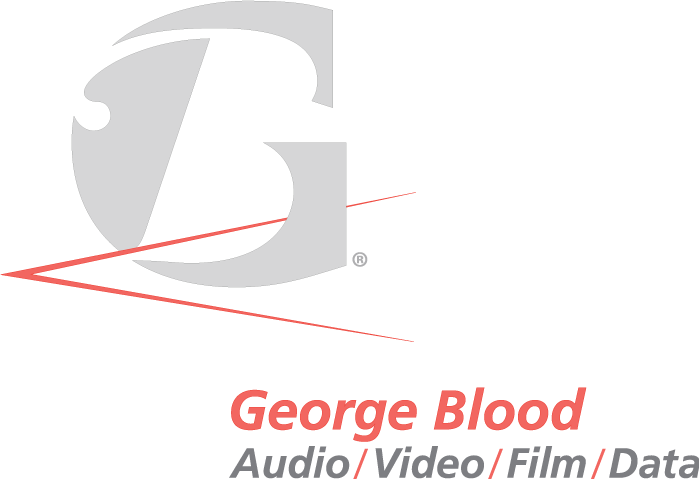Image courtesy of Telegraph.
What does it mean for a preservationist to be faithful to the original? What are the qualities of the original we’re capturing in the digital surrogate?
IASA TC 03 uses the term “essence” to describe not only the sound or moving image on time-based media but also the metadata and context surrounding the object.
I am fortunate to have seen this famous painting of Henry VIII in person. It has been reproduced many times. Some of the images have exquisite detail - you can see the brush strokes. None of these digital surrogates can impart the impact of standing in front of this painting and feeling how monumental it is.
A recent NPR news piece about the work to preserve Stephen Hawking’s speech synthesizer provides a fascinating perspective on this issue. It is relevant to our work preserving works of art. While neither of the two versions of the updated technology sounds exactly like the original, one is clearly more evocative; not only of the “sound of Hawking’s voice” but of Hawking’s sense of his own identity. Even if it’s not exactly the same technically, it conveys the essence of the person.
Recently we’ve worked with some film collections struggling with this issue. In a motion picture camera, a larger area of the film is exposed than is meant to be displayed in the finished product. Just as printers use a “full bleed,” printing an image into the margin, then trimming off the edge, this process means the final image will always fill the frame. Here’s the dilemma: if the colorist adjusts the gate for a clean 4:3 scan, some of the image won’t be captured. If instead they open the gate to capture the full image left to right, while retaining the 4:3, then you’ll see the frame boundaries, and probably part of the adjacent frame. Or the preservationist can choose to capture 16:9, which captures the full left-right width while not displaying the frame lines.
Which is the right way? The first, a proper 4:3 capture, follows the creator’s original intent. The second way reduces the image of the essential part of the frame by shrinking it to make room for the other information, the frame boundaries, etc. The 16:9 method captures the most information with the least artifact, but it disregards original intent.
As with so many issues in our field there is not a correct answer. There is a choice. There are pros and cons of every option. An institution can make the choice at the object, or collections, level, or treat it with policy. It is important that the decision be fully informed, reasoned and defensible. It is important to appreciate that someone made a choice other than the one you made so you can empathize with the process that brought them to their best practice.

